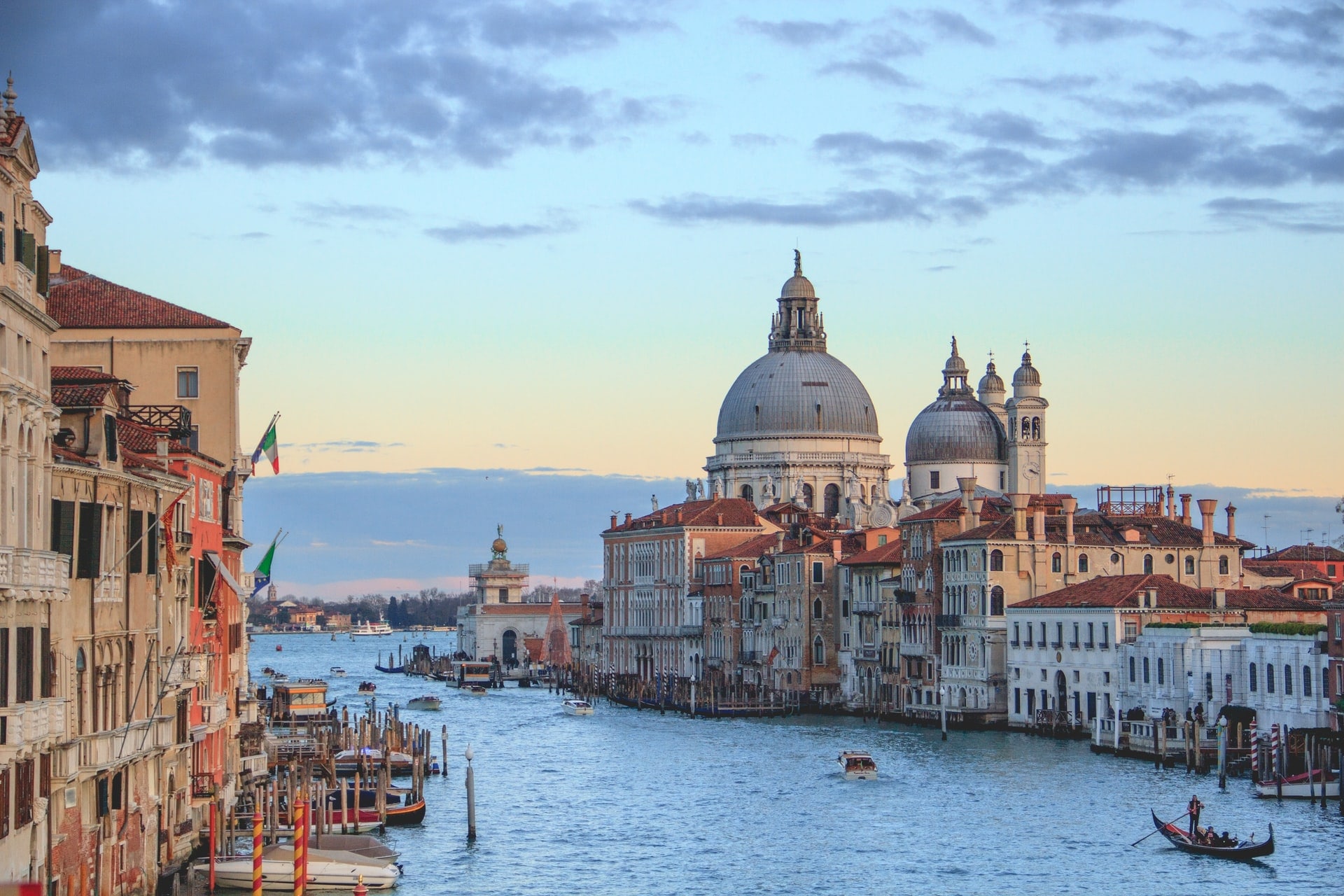I felt a collective sigh of relief and resounding “It’s about time!” when Italian officials announced they were banning cruise ships from the historic Venice port. It seems to me there have been calls to ban cruise ships from Venice for years, and why this has taken so long is something I don’t actually understand. And, even this move from the Venice port isn’t without controversy, as it seems the cruise ship problem is just being moved to the nearby Marghera port.
Nonetheless, this move is monumental. It is one of many small nudges around the world that indicate the tourism needle is shifting from traveler-focused to local-centric.
In the months before the COVID-19 lockdown, grumblings across the globe highlighted a need to change the traveler-centric focus. Locals were pushing back against rising costs due to short-term rentals and Airbnb. Overcrowding in popular beach destinations and European city centers soured locals' taste for invasive travelers, who were increasingly responsible for environmental degradation and extractive and destructive behavior without punishment.
One thing we’re seeing coming out of this pandemic pause is a more obvious shift away from what travelers want toward what local people desire.
Destinations were starting to take action: Palau’s tourism pledge, launched in 2017, served as a model for clearly articulating traveler expectations on behalf of local people with real repercussions. (Though other tourism pledges exist, Palau’s is the only one that requires compliance.) Some destinations, such as Thailand’s Maya Bay, were forced to close to travelers due to overcrowding and degradation. The Faroe Islands proactively and briefly closed in spring 2019 as part of a wider sustainability plan that put local needs and environmental care before tourism dollars.
As catastrophic as COVID-19 has been on the tourism industry, one thing we’re seeing coming out of this pandemic pause is a more obvious shift away from what travelers want toward what local people desire. Banning cruise ships in the Venice harbor is just one example among many others:
- Key West, Florida, is known as a cruising destination to the detriment of the environment and quality of life for locals. In November 2019, locals voted on and passed initiatives to limit cruise ship passengers to 1,500 people per day, prohibit cruise ships carrying more than 1,300 passengers, and prioritize cruise lines with the best environmental and health records.
- Gothenburg, Sweden’s, Next to Gothenburg campaign, proactively encourages travelers to venture beyond the city limits. The campaign disperses travelers (thereby decreasing opportunities for overcrowding), promotes activities beyond the city center, and actively markets the wider area as a year-round destination.
- Locals in Hawaii have been vocal about wanting travelers to stay away from the islands, at least for the time being. Meanwhile, officials across the state are limiting parking restrictions, raising prices, and implementing crowd control features in state parks and at popular attractions.
- Amsterdam’s “I Live Here” campaign folded locals’ experiences, opinions, and desires into the city’s greater tourism campaign, which has flourished even faster during the lockdown, which included the adoption of a circular economic model. Over the past year, the city’s mayor has proposed restricting the sale of marijuana products only to those who are Dutch nationals and residents of the Netherlands. And, the Red Light District is moving.
- More than 20 European cities are pushing back against loose Airbnb and short-term rental regulations. This will likely make housing more available and affordable for local residents.
All of these actions are major breakthroughs over just the past 12 months.
Yet, this evolution signals more than just a shift toward prioritizing local communities and their sustainable development goals. It is a shift away from the traveler-centered narrative that the tourism industry has dangerously propped up for many years.
Traditionally, when we’ve thought about travel, the traveler has been top of mind. In theory, this makes sense, because travelers are the consumers. They book the accommodations, tours, and flights. Travel experiences and activities exist to entertain the traveler.
This has, in turn, resulted in a narrative that tourism is shaped around what travelers need and desire. They have come to expect this treatment. The tourism narrative has been, up to this point, one in which travelers’ cares and burdens are swept away. Travelers have been centered in that story and catered to above all else, often to the detriment of local people and communities.
It is promising to see so many destinations taking action in a way that prioritizes local wellbeing, but these shifts also need to be paired with a new story.
That narrative must be stopped.
In noting the concerns about moving Venice’s port to Marghera, many people are concerned about environmental degradation in a new port city, and they are concerned that new construction will be necessary. These are completely local-centered and valid concerns. But one additional note in this article concerns me: “Some Venetians wondered how international cruise ship travelers would feel about docking in Marghera, which is unequivocally not scenic.”
It is promising to see so many destinations taking action in a way that prioritizes local wellbeing, but these shifts also need to be paired with a new story. This story can’t be centered around how travelers feel when they step off a boat into a port that hasn’t been fashioned to meet their aesthetic expectations — or how they feel if they pay more than locals, don’t have as many accommodation options, can’t buy the products they want to buy, and have their activities and movements restricted.
Quite simply, it’s not their choice.
COVID-19 has changed the way people will travel, especially due to heightened awareness of hygiene and sanitization. But tourism’s future also requires a new narrative — one that is written, agreed upon, and reinforced for locals, by locals.



